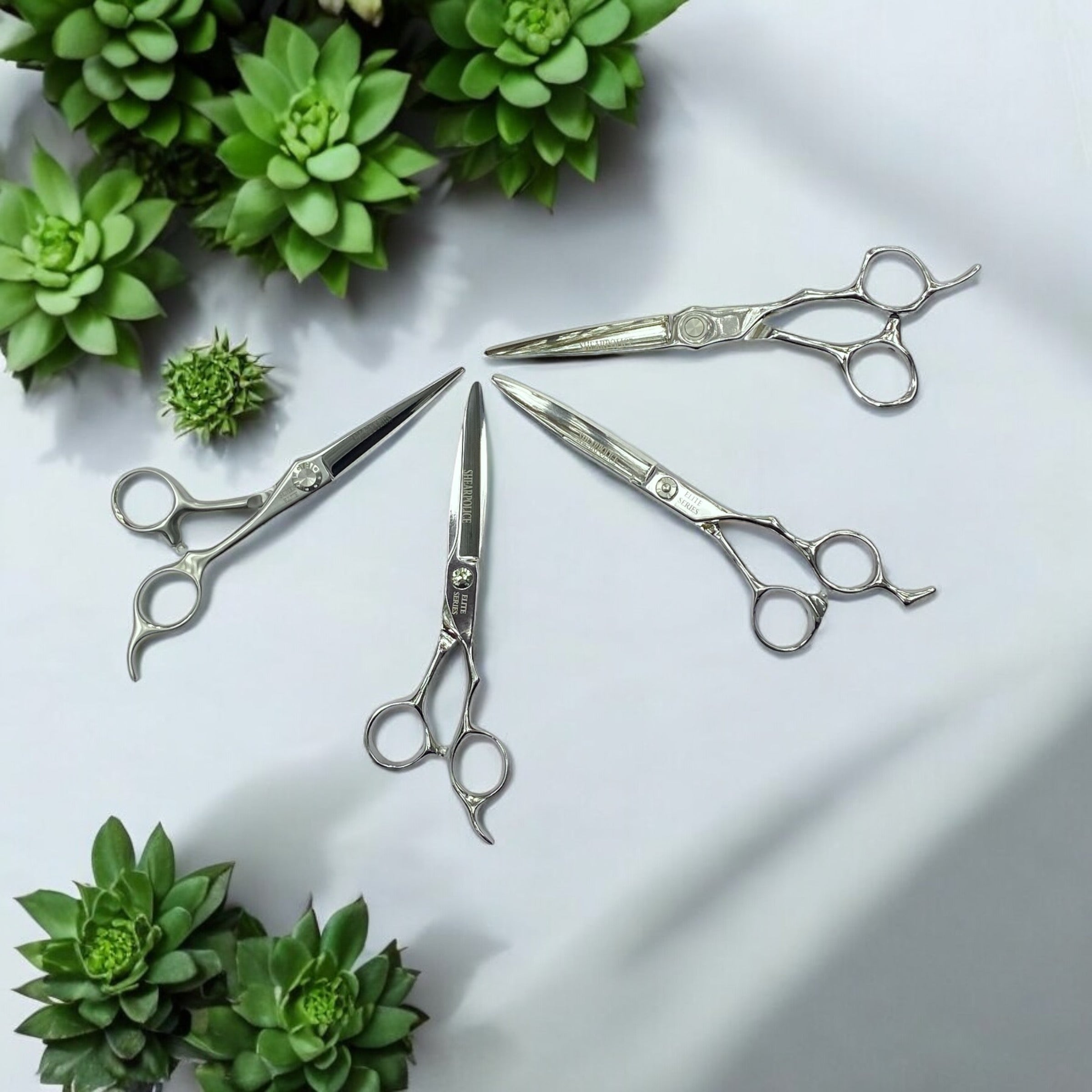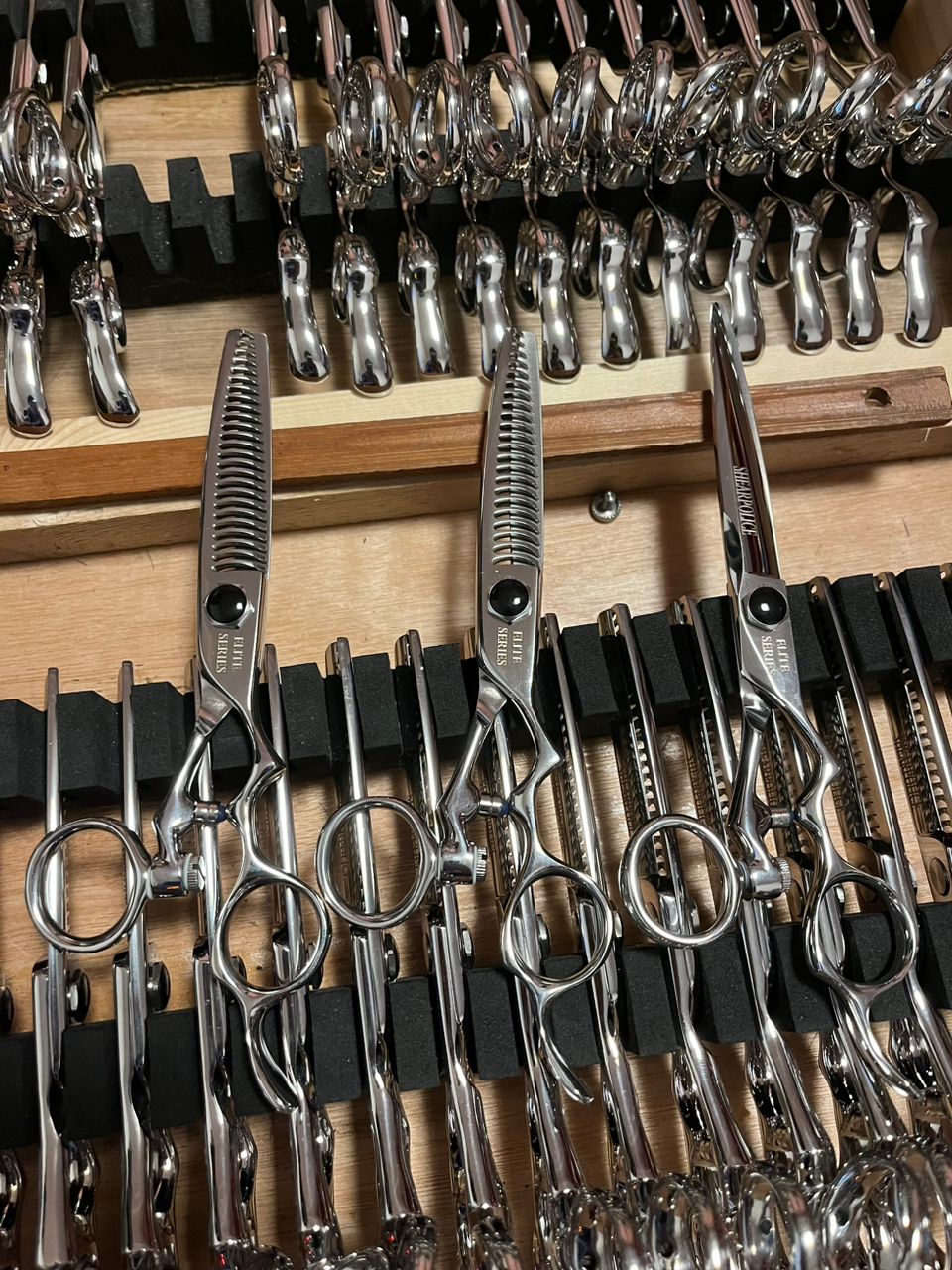
Shears: Not Just Your Average Scissors - A Guide to Every Cutting Need
The humble shears (or sometimes referred to as secateurs) might seem like a one-trick pony in the toolbox. But don't be fooled by their unassuming appearance! Shears come in a staggering array of shapes and sizes, each meticulously designed to tackle a specific cutting task. Whether you're a seasoned stylist, a new student, or a texturizing whiz, there's a perfect pair of shears out there waiting to become your new best friend.
Ditch the Dull Scissors: Unveiling the Power of Shears
While scissors are certainly handy for everyday household tasks, shears offer several advantages:
- Precision Cutting: Many specialized shears feature unique blade designs that ensure clean, controlled cuts. From slide cutting shears for shaping face framing fringe to texturizing shears for effortless removal of weight within a haircut, these tools are built for a specific purpose.
- Specialty Shears: Certain shears, like Texturizing shears are often used to remove weight or bulk within a haircut. This adds a layer of creativity for stylist. Control the weight within a haircut and you will also control the shape!
Shears 101: A Cutting-Edge Guide to Different Types
Now that we've established the potential of shears, let's delve into the exciting world of their variations:
Sharpen Your Skills: Maintaining Your Shears for Long-Lasting Performance
Like any cutting tool, shears require proper care to maintain their effectiveness. Here are some maintenance tips:
- Clean: Wipe down the blades after each use to remove debris and prevent rust.
- Oil: Apply a light coat of machine oil to the blades periodically to reduce friction and prevent rust.
- Sharpen: Blunt blades can be sharpened using a sharpening stone or a professional sharpening service.
By following these tips, you can ensure your shears stay sharp, safe, and ready to tackle any cutting challenge that comes your way.
So, next time you reach for a pair of scissors, consider the power of shears! With their diverse functionalities and superior cutting capabilities, shears can become an indispensable part of your career.



Leave a comment
This site is protected by hCaptcha and the hCaptcha Privacy Policy and Terms of Service apply.